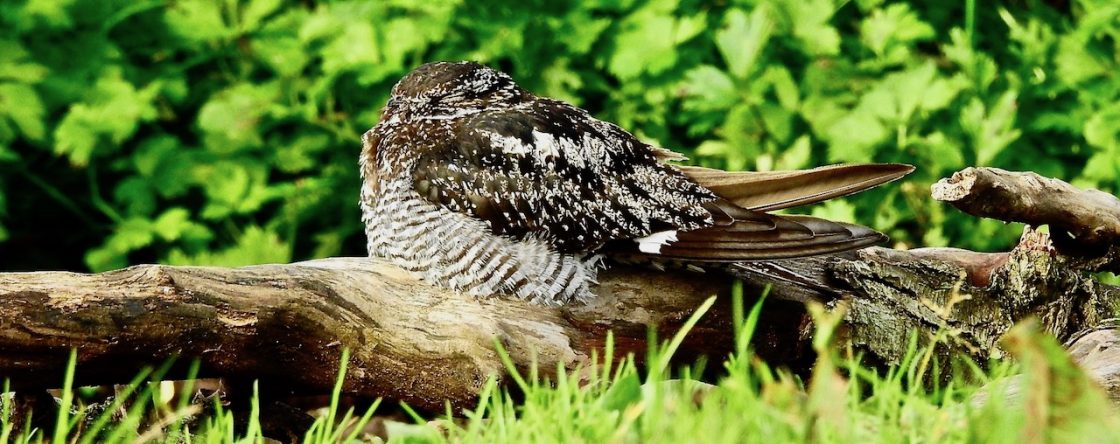After a deathly quiet week on the blog, a close, humid afternoon down at Haskayne Cutting was appropriately soporific today, with the rank vegetation bursting with Meadowsweet, Knapweeds, Thistles and Spearworts that drew in an army of bees and hoverflies, albeit fewer butterflies.
Personally I blame the urge for an afternoon snooze on the Yellowhammers – is there a drowsier song on the mosses these days?
Time was it would have been the purring of Turtle Doves on a warm afternoon that’d get your head nodding, but that seems a long, long time ago now (the Breeding Bird Survey revealed a 91% drop in the population this week – which is just as depressing as some idiot dentist shooting lions).
Plenty of young birds in the scrub today, from Whitethroats to Common Buzzard, and good numbers of hirundines zooming over the crops out on Plex with indecent haste for such a sleepy afternoon.
The Corn Buntings seemed to lack the energy to put much effort into singing, but six males at least were still holding territory.


































